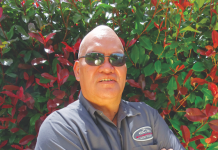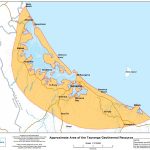When the Ministry of Education announced it was withdrawing its funding for urban school buses, the NZ Transport Agency agreed to help the Bay of Plenty Regional Council fund the transition from dedicated urban school buses to an integrated school and public transport network in Tauranga. As the current bus contracts for the BayHopper and School Hopper public transport services finish in June 2018, a lot of research and planning has been underway to design a more efficient network. This work is called the Western Bay of Plenty Public Transport (PT) Blueprint. The design of the new services has been made much more challenging and urgent because of the growing congestion on our roads and the sensitivity around loss of dedicated school transport for children.
The proposed new network in the PT Blueprint was developed in partnership between the Regional Council, Tauranga City Council and NZTA. Arguably, the most important partners are the users of the network, so an extensive consultation process has been underway. The feedback from this consultation will contribute to further changes to the proposed network and inform the shape of the new contracts which need to be planned for and tendered well in advance to enable a smooth transition to new services.
General support for Bay Hopper adjustments
A large amount of feedback has been received, including over 1,300 responses through the DriveChange website, over 100 other separate submissions from organisations and individuals, and a petition containing 1,700 signatures. Feedback was mixed.
There was support for the general thrust of the Bay Hopper adjustments – more frequent buses on a streamlined network connected by interchanges, more direct services enabling faster journeys, dedicated bus-lanes in some key routes, and extended hours on both weekdays and weekends. There was strong support for features such as electric buses, free internet on buses, new ticketing machines, next stop displays or announcements on buses, and real-time next bus information at bus stops. There was feedback and suggestions for change on specific route proposals and on the associated infrastructure required, like crossings, bus shelters and park-n-ride. An example is the negative feedback about a loss of service to parts of Welcome Bay and Ohauiti. Some visionaries called for autonomous buses and even light rail.
But unhappy parents
The feedback about the proposals to remove a number of dedicated SchoolHopper buses was largely negative, especially for primary and intermediate age students where safety, timeliness and practicality were key concerns. The petition particularly highlighted a lack of support from parents about the proposals and raised the possibility that they would just use their cars to transport children to school, further exacerbating congestion on our already busy roads.
More time to find better solutions
As it is so critical that we make the network as effective as we can, it has been agreed that more time is required to work through the feedback and come back with workable solutions. To enable this, NZTA have agreed in principle to fund an extension to the current Tauranga BayHopper, Tauranga SchoolHopper and Te Puke contracts through to the end of December 2018 to provide more time to find solutions for the concerns raised. Regional Council staff will work with NZTA, Ministry of Education, Tauranga City Council, schools and stakeholders to look for solutions to address concerns raised about the Bay Hopper and SchoolHopper proposals and report back to Council in September with options for addressing these.
I write for this magazine because it’s a great way to tell people what’s happening








































































